
“I make myself eat even when I’m not hungry because I don’t want to go into starvation mode”.
A client made this comment to me during a session – and it’s an important topic to discuss.
Let’s break down the truths and the myths.
What is Starvation Mode?
Starvation is a real thing – but it’s not as common as the diet industry would have you believe. We don’t easily or quickly fall into true starvation. The dictionary definition is “the act or state of starving; condition of being starved” (1).
We throw the word around like it’s a casual thing when we’re describing being hungry, but that is NOT the same thing as true starvation where you are literally wasting away due to lack of nourishment. True starvation means you’re losing muscle mass, organ tissue, and bone mass just to stay alive.
The body doesn’t enter this state lightly – as it means you’re on the path to death. Being in a fasted state is very different than starving.
Another great distinction is starvation is mostly involuntary, whereas fasting is mostly voluntary. People don’t generally choose to sustain life on their lean tissues and vital organs – but they often choose to abstain from foods for a variety of health, spiritual, and ethical reasons.
What is the difference biologically between fasting and starvation?
- Fasting is a practice that can allow the body to tap into stored fuels for sustained energy. Starvation means you’ve burned through all available glycogen and body fat and you’re left with lean tissue and organs to live on.
- Fasting stimulates ketosis (breaking down body fats to make ketones that most cells in the body can run on. A starving person can’t make ketones.
- Fasting stimulates autophagy – a cellular recycling process that allows old worn out and broken-down cellular components to be reused to make new cells and tissues. A starving person is using those worn-out cells to make energy only, but they can’t make new cells or components.
How does low-calorie dieting contribute to starvation mode?
- Low-calorie consumption does not necessarily lower insulin levels. Insulin is a storage and growth hormone, though most of us know it for lowering blood sugar levels. High levels of insulin also prevent the body from breaking down body fat for energy – effectively limiting the body to only being able to burn sugar. Sugar-only burners are hungry more often and struggle with low energy because they can’t tap into stored fat for energy, so they can only gain energy from eating. This also means they’ll struggle to lose weight without being able to burn body fat. Metabolically flexible people can easily switch into fat-burning mode when food is scarce or absent. This not only provides sustainable weight loss but lasting energy all day long – even when on a long-term fast!
- Low-calorie consumption does not stimulate autophagy. This means your old, worn-out cells and components linger longer than they should, potentially contributing to inflammation, symptoms, and disease.
- Low-calorie eating is generally lacking in nutrients – especially healthy fats and fat-soluble vitamins. These foods often have been modified or refined in some fashion to be low calorie which strips vital vitamins and minerals as well, often replacing them with low- or no-calorie artificial ingredients.
- Low-calorie eating over time decreases your metabolic rate by changing the hormone stimulations that naturally occur when we eat. When you consistently eat a lower-calorie diet, your body will adjust what you can burn based on what you’re eating. Taking in less calories only means you’ll also burn less – meaning you have to keep eating less and less to maintain a true calorie deficit. When you can no longer maintain eating so little, you will go back up in caloric intake – but it takes awhile for your body to adjust to the higher intake. This is when you GAIN because you’re eating more, but still burning less. Think about it this way – by adding less fuel to your car, does it allow you to travel farther?
- Low-calorie diets have been repeatedly shown to not be sustainable long-term.
- Low-calorie diets often encourage eating every few hours to keep you feeling satiated. This causes multiple insulin spikes and blood sugar rises throughout the day. Every time you surge insulin, you turn OFF fat burning and put yourself in a state to only burn what you consume.
How do you know which mode you’re in?
Here’s a few signs and symptoms to watch for:
- Do you feel energized or tired if you skip a meal? If you feel tired, hangry, or shaky – it means you’re stuck in sugar-burning mode. If you feel energized, mentally clear, and fully functional, you’re more likely metabolically flexible!
- Are you working out, but feeling less strong or like your fitness is suffering? Do you notice you look flabbier or less toned, even if you haven’t gained any weight? You’re likely not metabolically flexible, so you are losing muscle mass. This could be due to low-calorie eating or being stuck in a sugar-burning body.
- Do you feel hungry often, even immediately after eating? A healthy, metabolically flexible body can go long periods of time without food – and they don’t get irritable, weak, lose focus, or struggle in any way. A person who is consistently hungry, gets very tired without eating (or immediately after eating), or who notices mood changes associated with eating/skipping meals, is likely not metabolically flexible and therefore can only burn what is being consumed.
What’s the solution?
There is no one perfect way to become more metabolically flexible, but there are a few common strategies that work for many:
- implement lower carbohydrate eating – especially reducing/eliminating refined grains and sugars. If you can, cut out all grains and added sugars!
- implement intermittent fasting – over several weeks, slowly eliminate snacks between meals, then move your first meal of the day to a later time and move your last meal of the day to an earlier time (at least 3 hours before your bedtime).




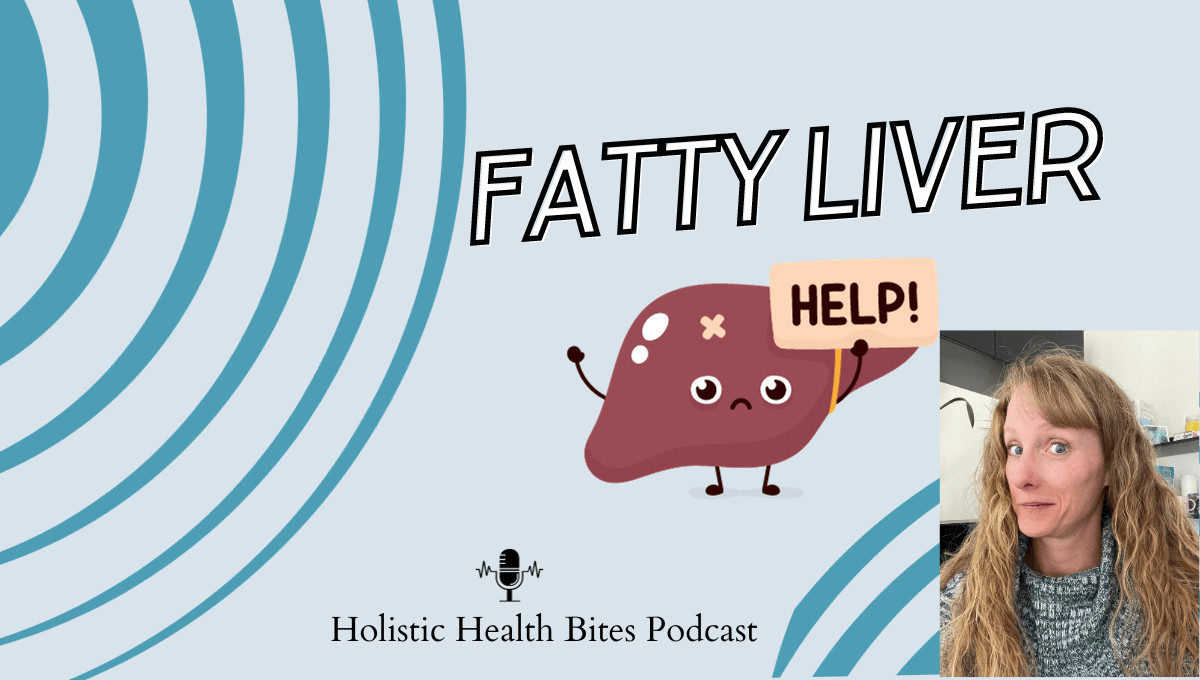

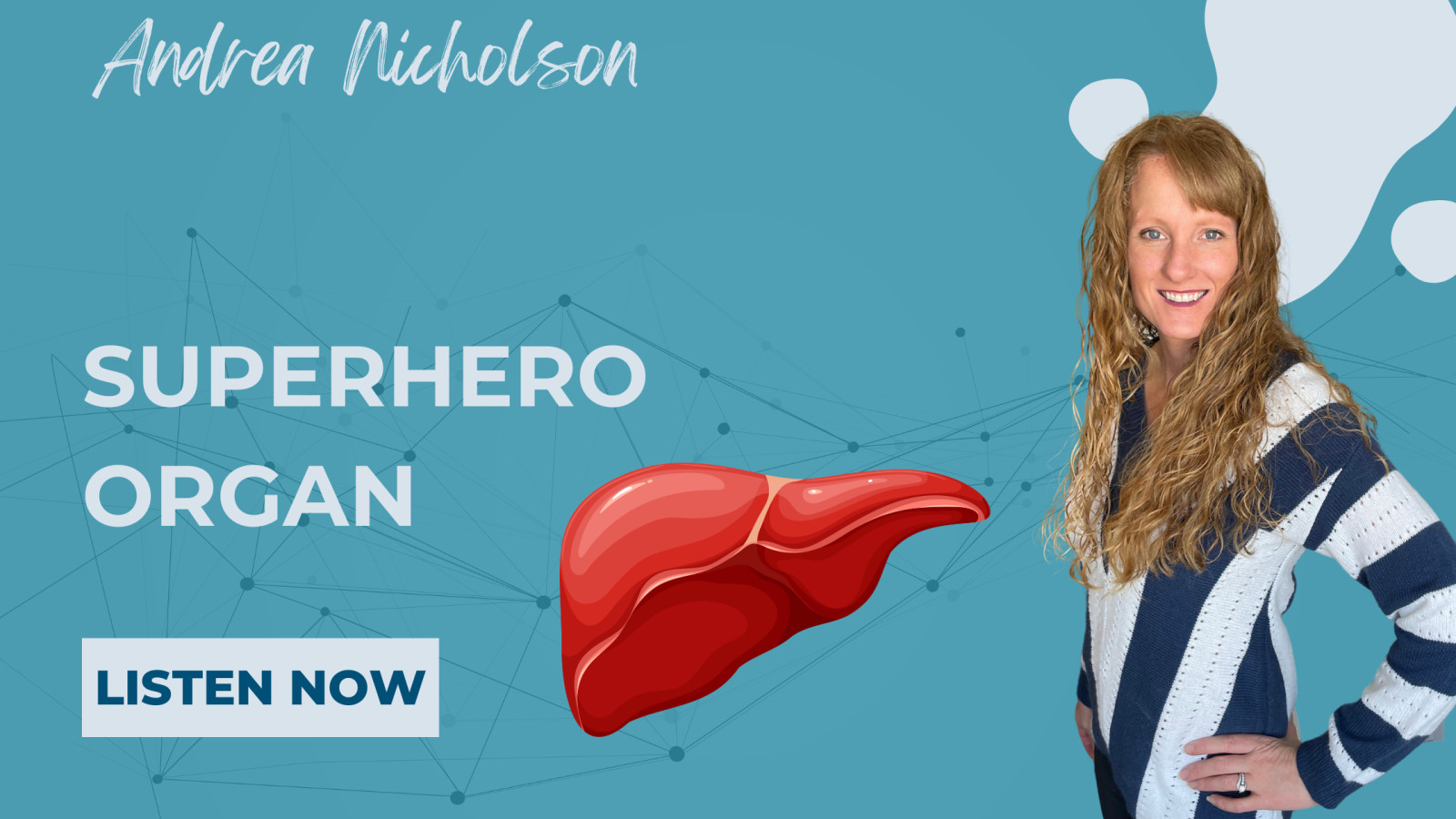


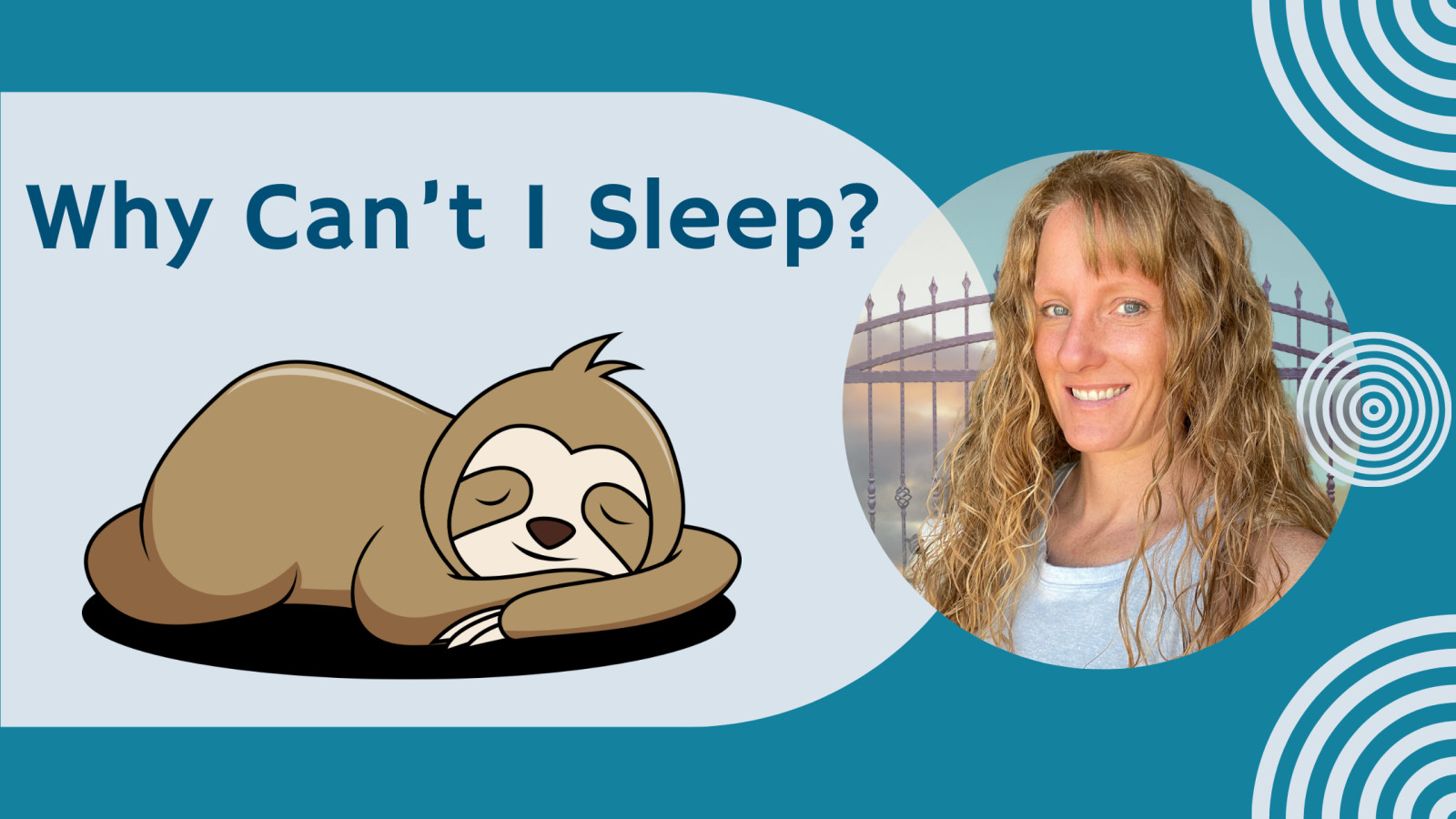
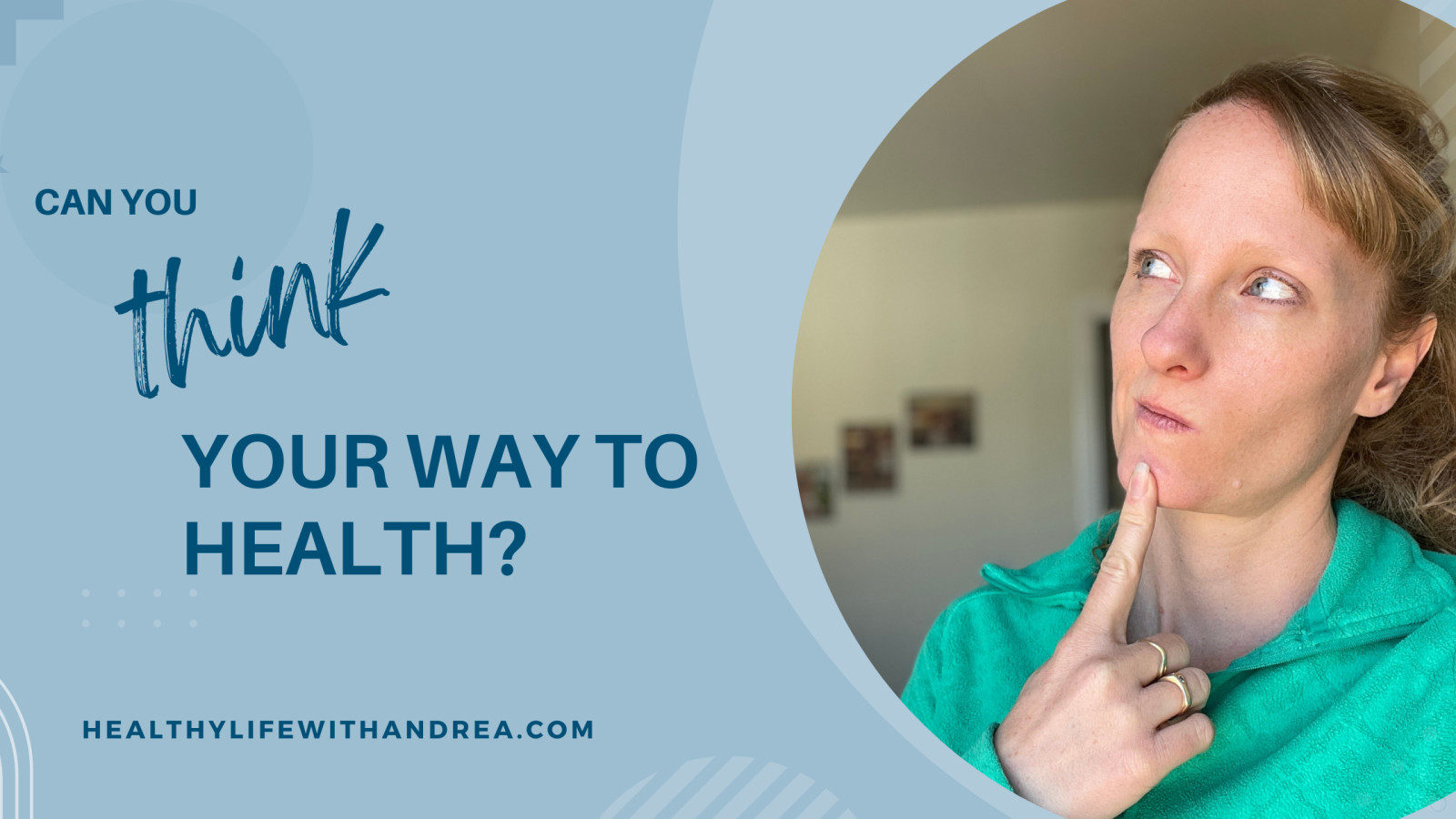
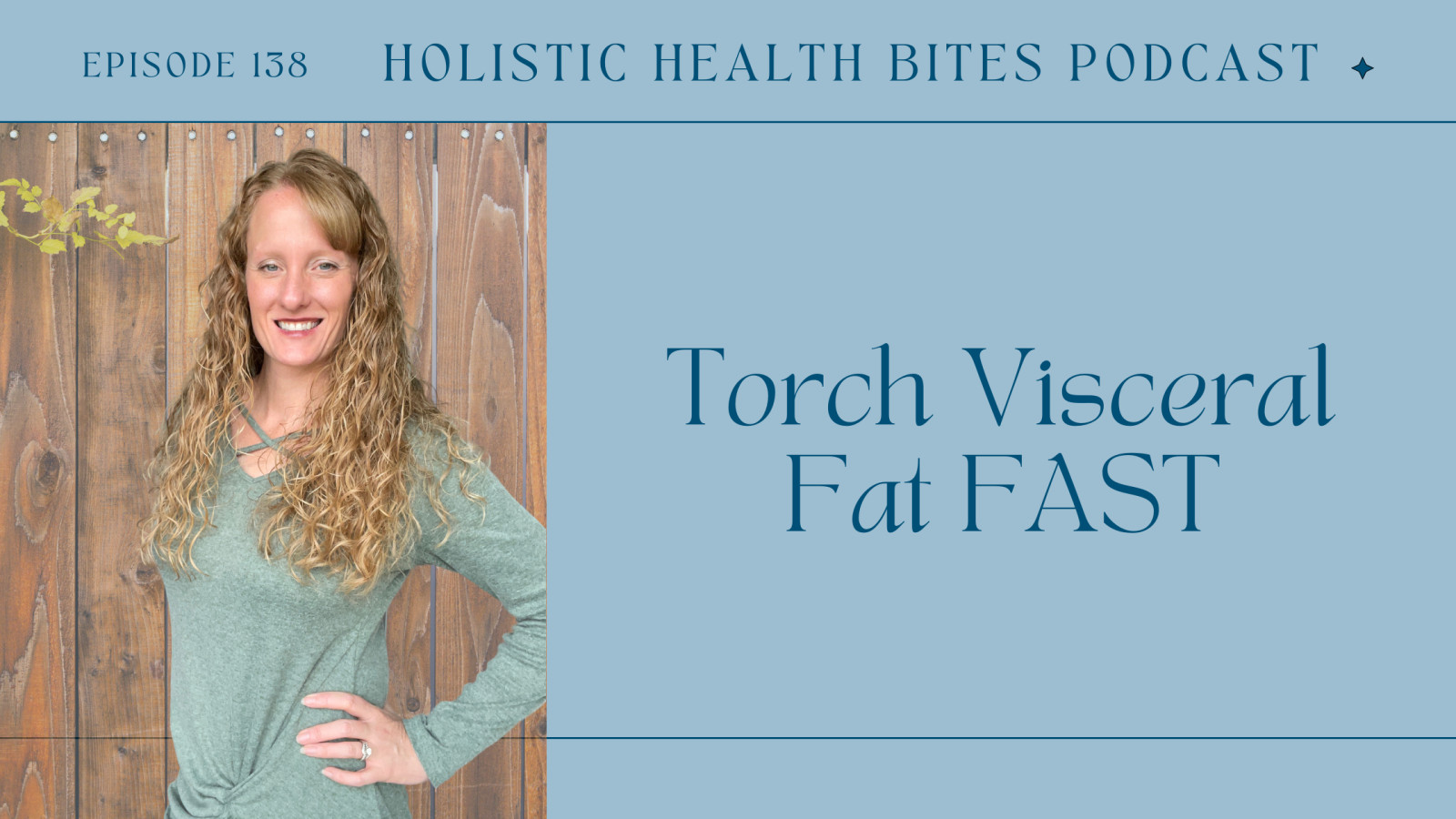
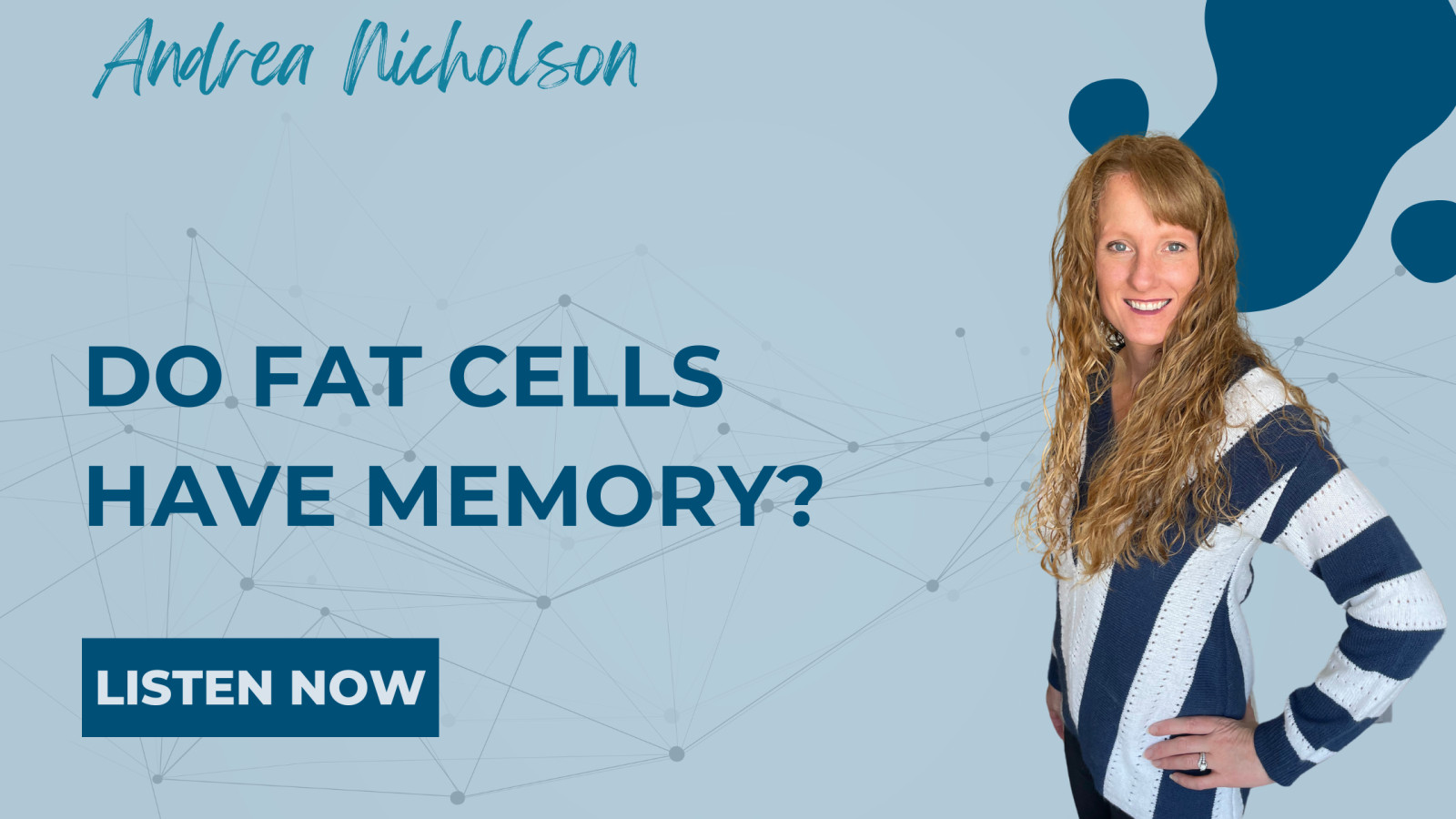
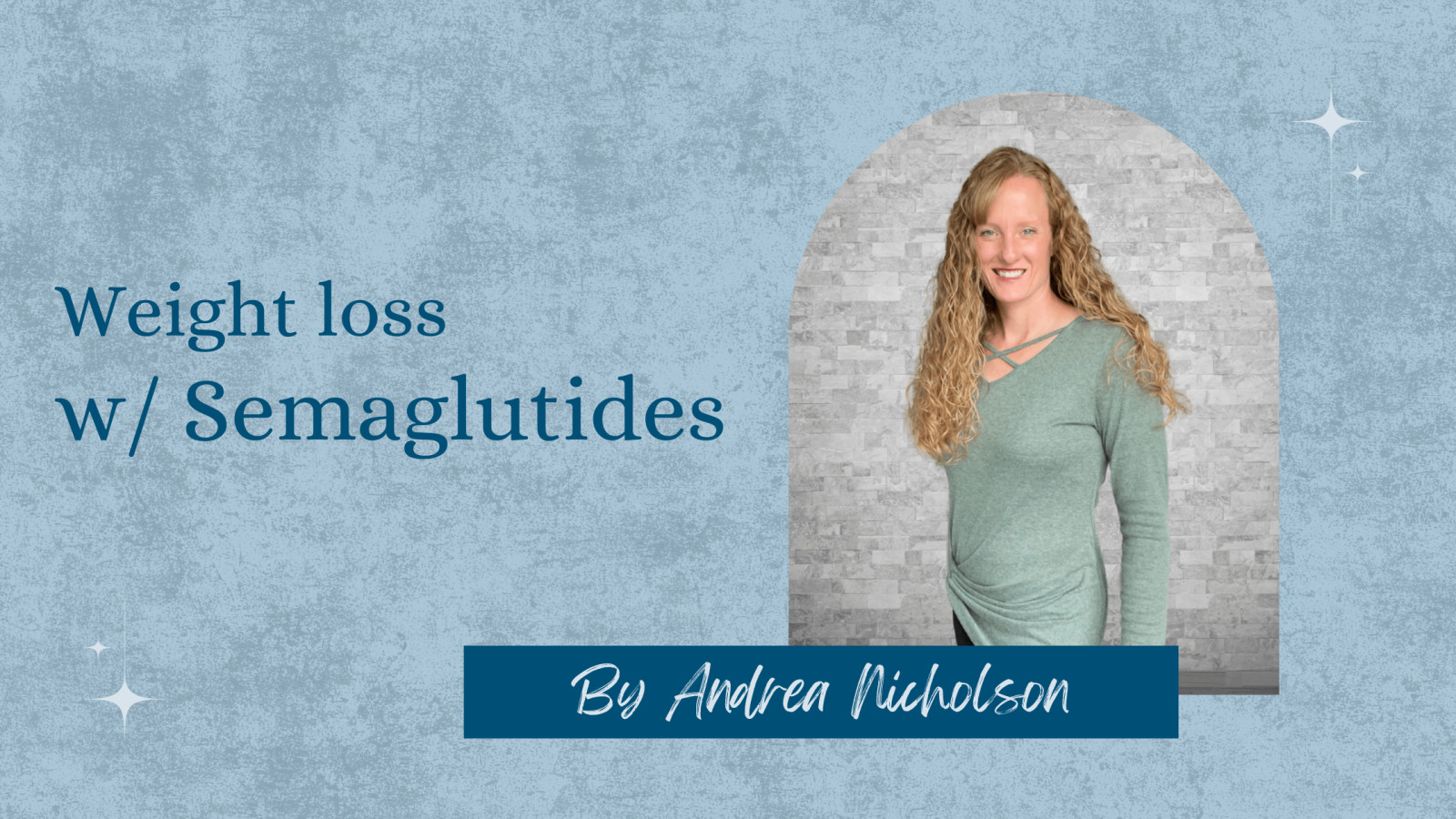







0 Comments